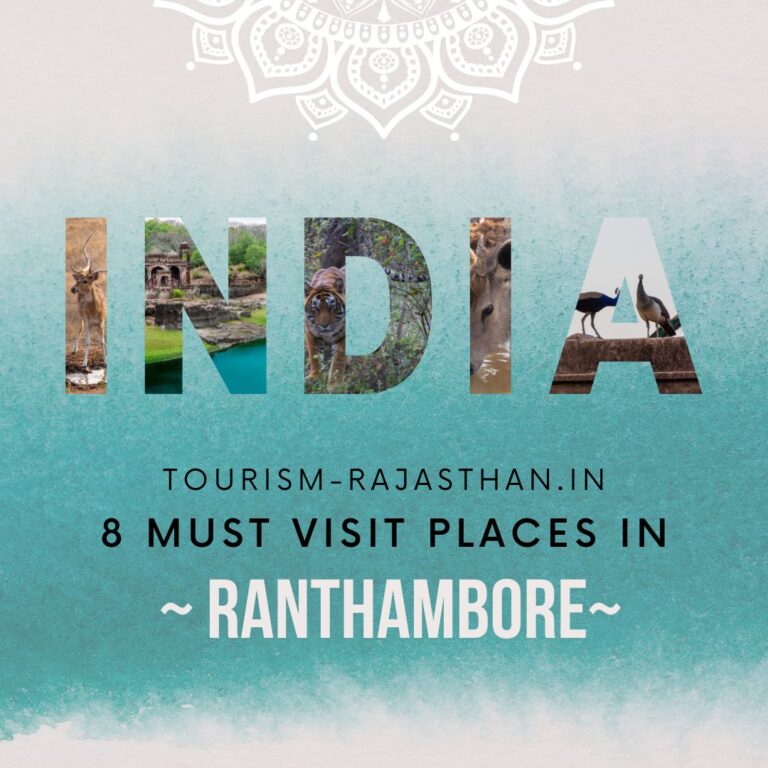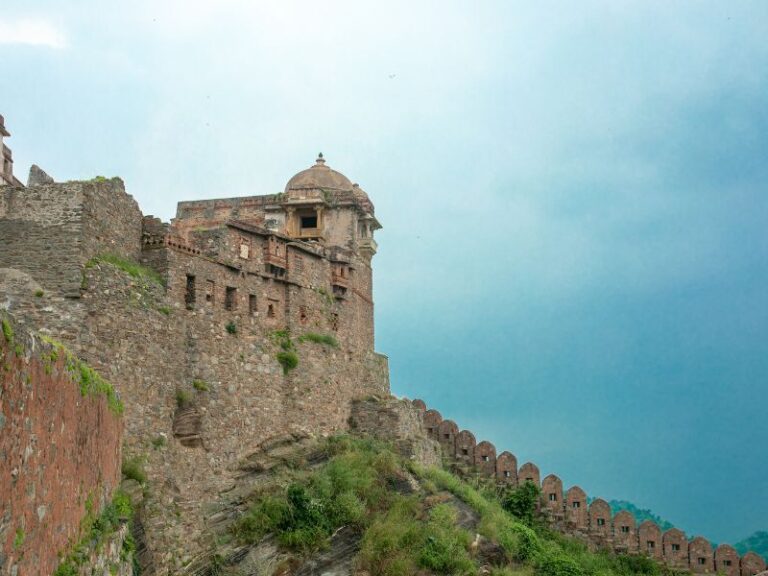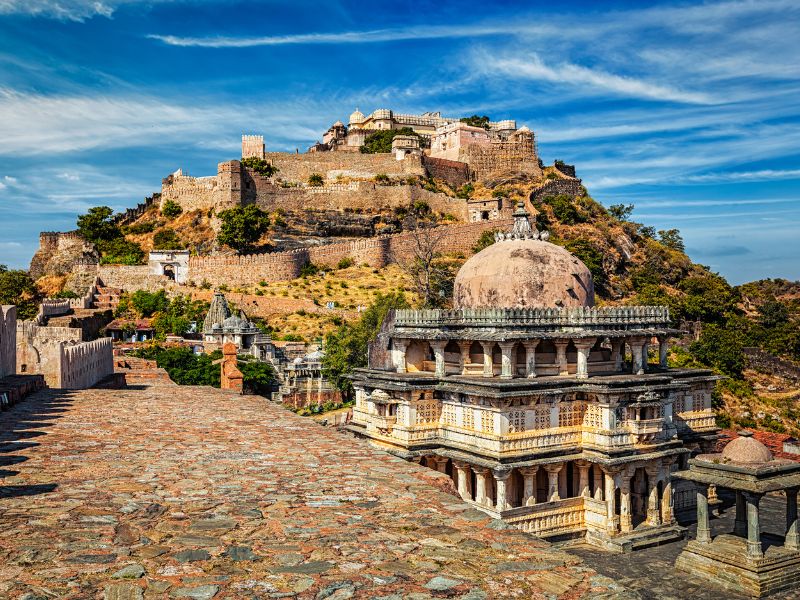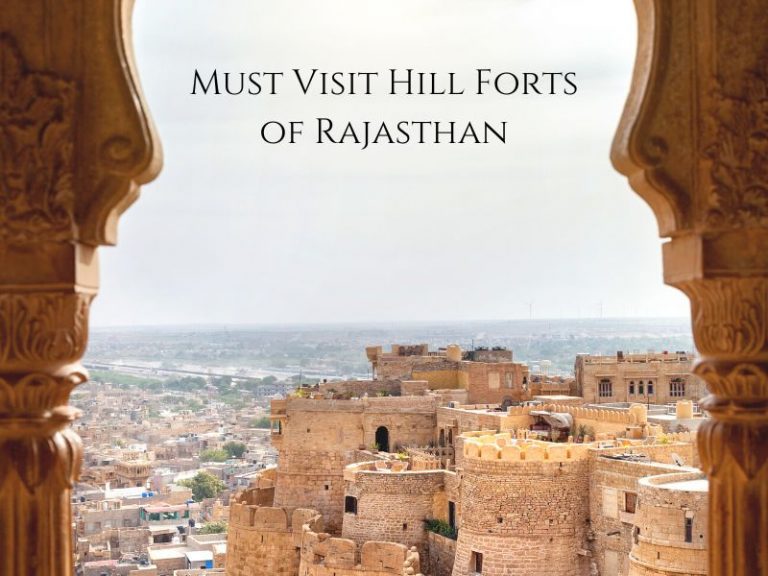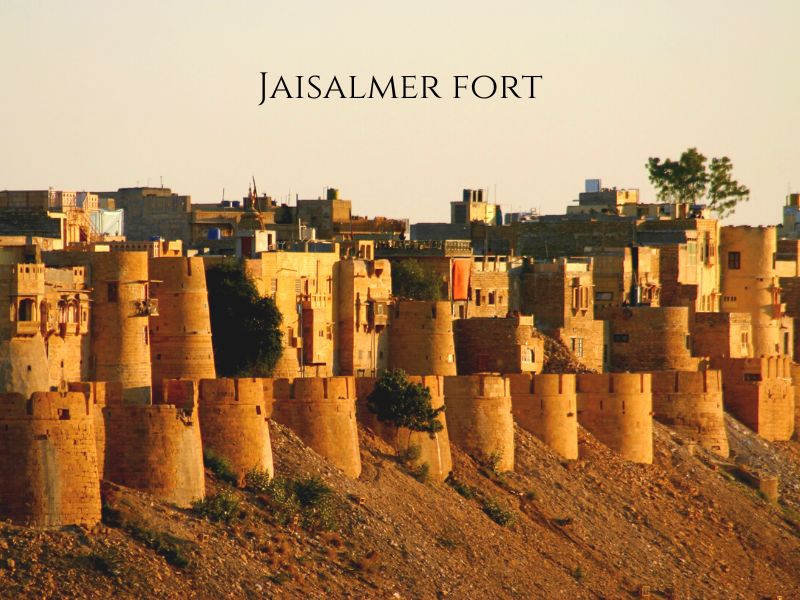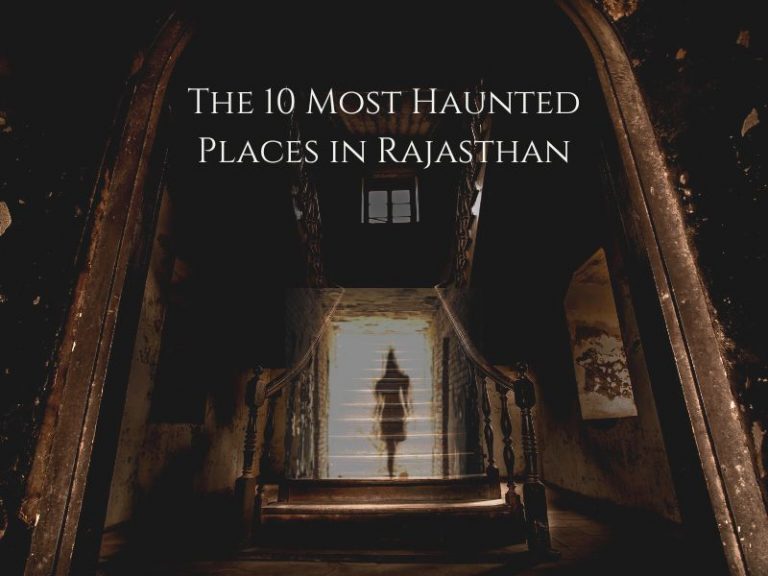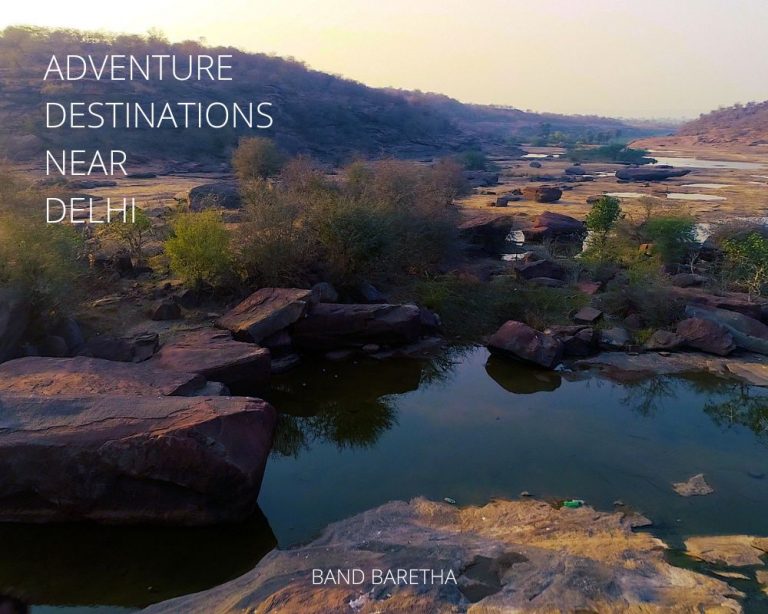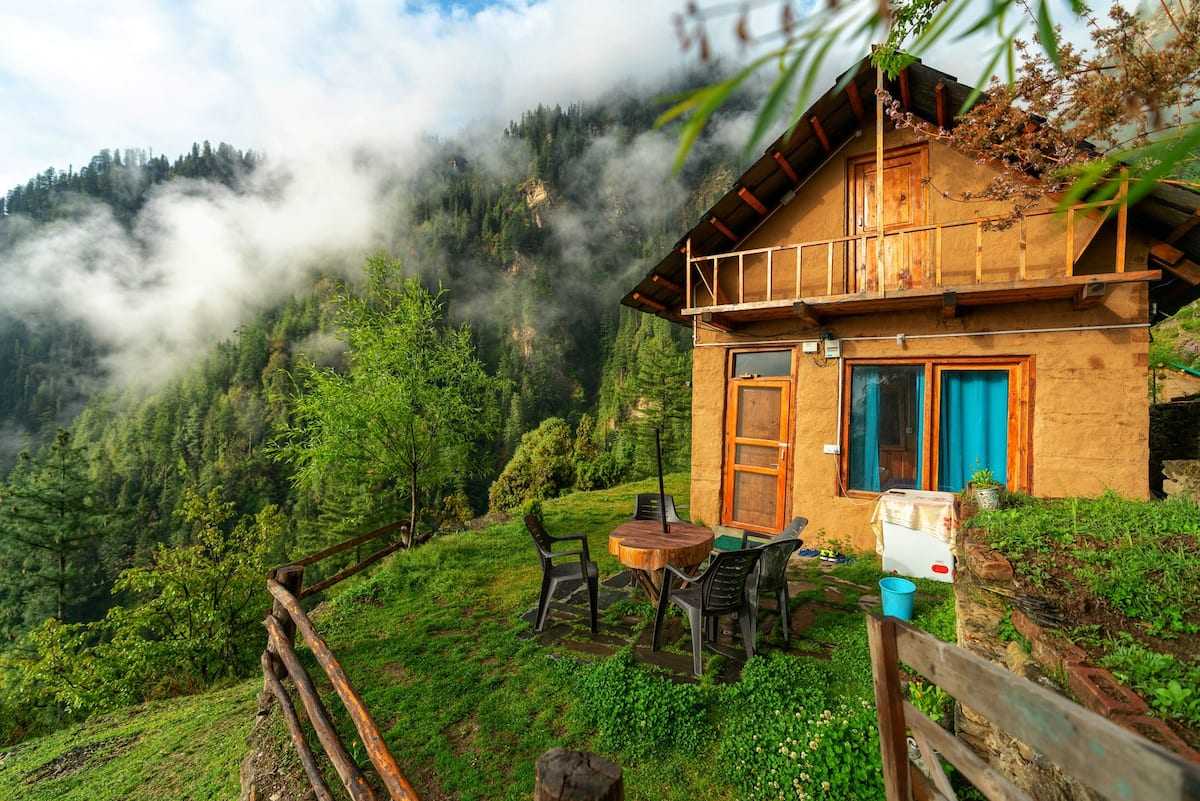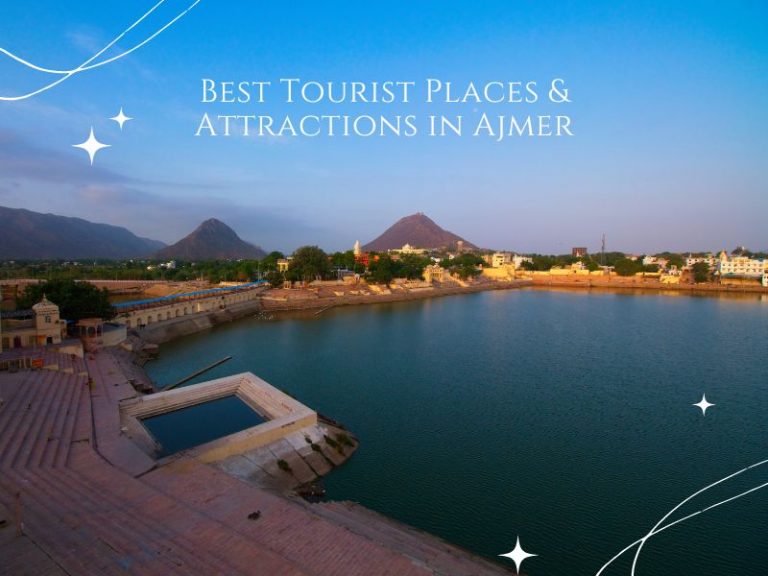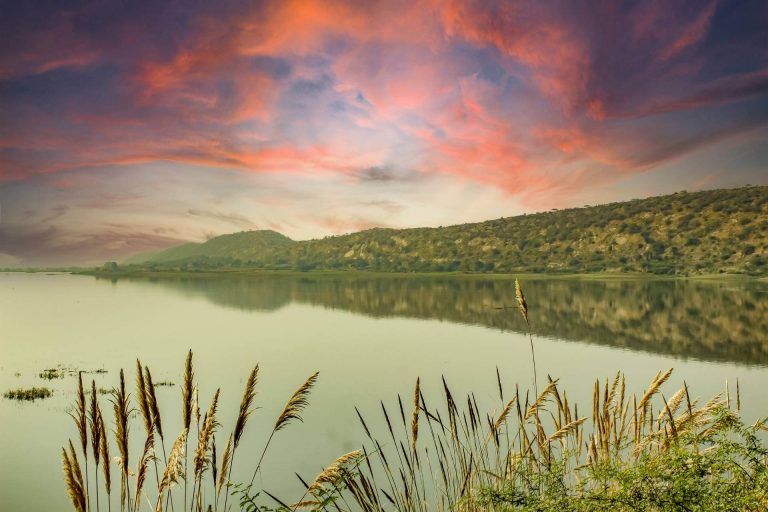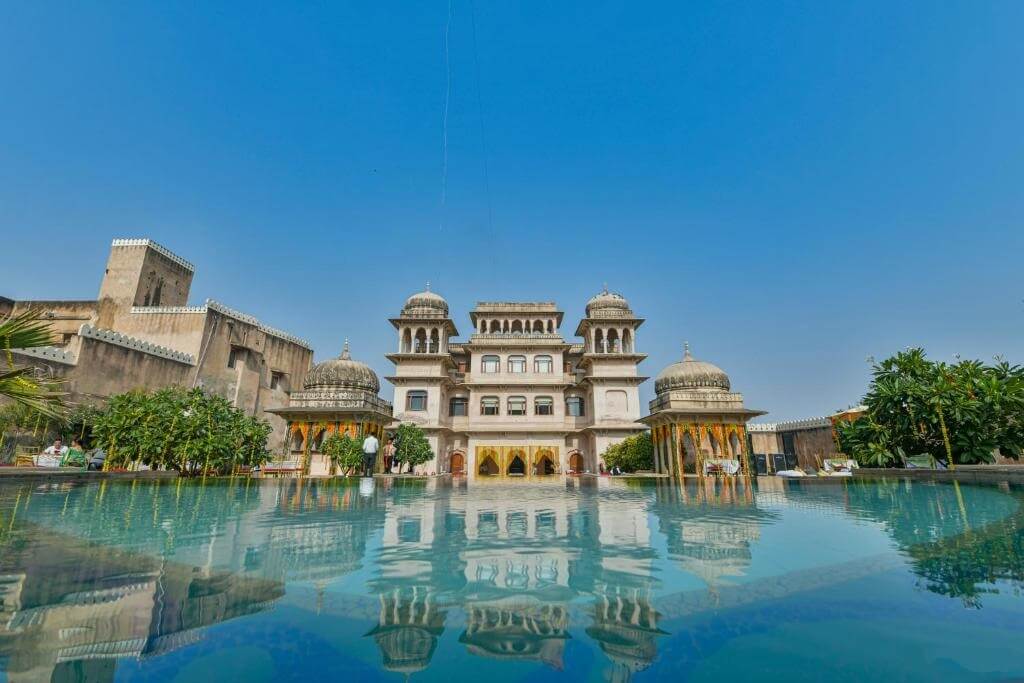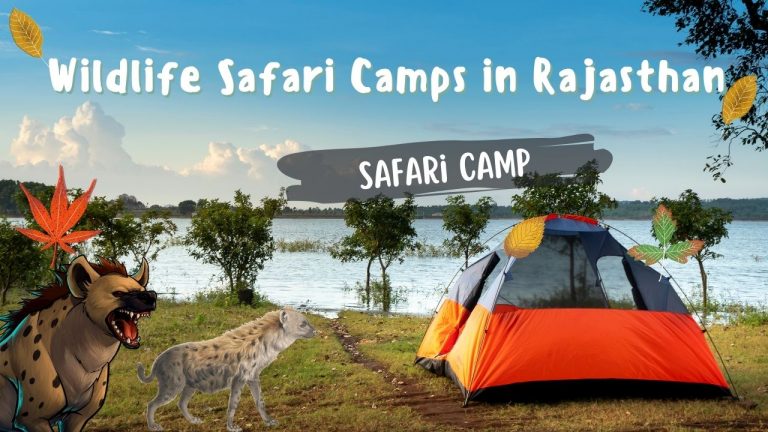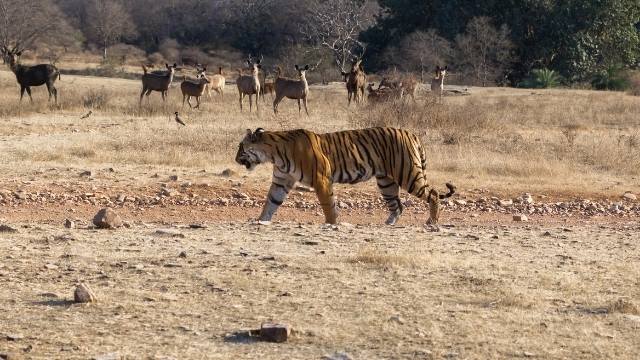The Ranthambore Fort, Padam Talao, Malik Talao, Raj Bagh Talao, Rajiv Gandhi Regional Museum, Kachida Valley, Dastkar Ranthambore, Ranthambore School of Art, Wild Dragon Adventure Park, Raj Bagh Ruins, and many other attractions are among the must-see attractions in Ranthambore.
When it comes to Ranthambore’s tourist attractions, you will find some of the best travel spots in the whole globe here. Numerous tourists are drawn to locations like Ranthambore Fort, noted for its exquisite architecture, and Rajiv Gandhi Regional Museum, recognised for its extensive collections of antiques and handicrafts. Along with these locations, attractions like Kachida Valley and Ranthambore National Park have been offering visitors a much-needed natural retreat from the repetitive pace of modern life.With their wide variety of flora and animals, Ranthambore’s tourism destinations draw a wide range of nature lovers and wildlife aficionados. One may see royal bengal tigers, wild bears, and boars in their natural environment by going to the renowned tiger reserve of Ranthambore. One of Ranthambore’s main attractions is its fort, which is home to several exquisite royal residences, the ruins of earlier dynasties, adventure sports, and many other great things. There are other adventure activities available in addition to tourism in these Places to Visit Near Ranthambore. You will also have the opportunity to try your hand at a variety of activities, including some that will provide you the much-needed excitement on your vacation.
Ranthambore National Park
Among those who enjoy the outdoors and animals, Ranthambore National Park is one of the most popular tourist destinations in Ranthambore. The finest location for tiger sightings is the Ranthambore Tiger Reserve.
Visitors adore coming to this national park in Ranthambore to go on safaris through the thick forest. You may also engage in a number of other activities here, such as nature hikes through verdant forest paths and bird watching excursions to notable sites.
Ranthambore, Rajasthan, is the location.
Hours: 6:00–10:00 am and 3:30–7:00 pm.
Ranthambore fort
The Ranthambore fort is encircled by a national park which is near to Sawai Madhopur. .Since ancient monarchs used to travel here for hunting, it is a well-known location. It undoubtedly contributed to Rajasthan’s tourist industry reaching new heights.
Additionally, because it is on the World Heritage List, it is regarded as a priceless location. The fort is situated in an unspoiled area that is well supported by dense, verdant trees and a pleasant temperature. Additionally, there are several sorts of valleys, lakes, picnic areas, and wildlife can be seen close to the fort. Along with the fort, a history of battles and captures, several conquerors, and improvements made to the fort throughout time travels with it.
Area code: 322001 Sawai Madhopur, Rajasthan
6 a.m. to 6 p.m.
Entry Fees: Adults pay Rs. 15 per person; children pay Rs. 10 per kid per person
Surwal Lake
You may find perfect serenity at Surwal Lake, which is set against a scenic landscape, after seeking the adventurous thrill and going on a spectacular safari. As you watch groups of various bird species swoop down to capture their prey from the water, the lake is a great place to pause for photos and birdwatching.
This lake is not perennial and dries up in the summer, so make sure you get here mainly during the monsoon or in winter. Nevertheless, the view of the lake is magnificent, especially at dawn and sunset.
Location: At the vicinity of the Durga Mata Temple in Atoon Kalan, Rajasthan 322027.
24 hour period (but preferably after dawn and before dusk).
Malik Talo
Malik Talo, one of the three lakes in the Ranthambore National Park and by far the smallest, is regarded as one of the must-see attractions in Ranthambore. It serves as a home for thousands of migrating birds and Marsh crocodiles and is nestled inside a vast, lush forest.
Never skip this lake when you visit Ranthambore National Park since it is available to guests at two separate times: either in the morning or in the evening. A variety of bird species that come to the lake to gather their food may also be visible to you. Your eyes will certainly be nourished by the view of the surroundings, and there will undoubtedly be gorgeous nature around. In addition, if your luck is good, then you can see the wild creatures occasionally visit the lake to drink.
Place: Ranthambore National Park
Trinetra Ganesha Temple
The Three-Eyed Ganesha is known as Trinetra Ganesha and is situated inside the stunning Ranthambore Fort. According to legend, King Hameer was in the midst of a conflict and things looked hopeless until, one night, Lord Ganesha blessed him and told him that his difficulties will soon come to an end. Amazingly, the fighting ended the very next day, and the king’s issues with his food supply were also rectified.
His devotion to Lord Ganesha was reaffirmed, and he quickly constructed the Trinetra Ganesha Temple, one of the oldest in the region and one of the most well-known tourist attractions in Ranthambore. Five aartis are performed here each day and there are idols of every member of Lord Ganesha’s household installed.
Location: Rajasthan, 322001, Ranthambore Fort.
Open 24 hours a day.
Padam Palao
The largest lake in Ranthambore National Park is called Padam Palao.
Along with it, the delightful views of many birds flocking to the lake will catch everyone’s attention. You may watch wild creatures visiting the lake to drink water in the morning and the evening. The distinctive views of Chinkaraare conceivable right on the lake’s edge here.
Location: Rajasthan’s Ranthambore Fort
Timings: Always open.
Entrance fees: None
Raj Bagh Talao
Comparatively speaking, Raj Bagh Talao is the most attractive of the three lakes in Ranthambore National Park. Since the lakes are surrounded by a reserve of beautiful green woodlands, natural creatures frequently visit them to drink.
The sambhar deer frequents the area and consumes the grass that grows on the lake’s bottom. Rare kinds of birds, animals, and other creatures frequent the area around the lake in the morning and evening when it appears to be colder outside. It is a tiger viewing location as well as where other uncommon species in the park congregate because of the region’s extensive forest cover.
Kachida Valley
The Regional Museum of Natural History in Sawai Madhopur, also known as the Rajiv Gandhi National Museum, is the fourth regional museum of natural history in India and is regarded as one of the top attractions in Ranthambore. The museum displays unique specimens of animals, plants, and geology from the western area of India. The major objective of this museum is to raise public awareness of the value of protecting the local, very uncommon plants and animals.
Understanding earth’s variety is also beneficial. The museum has three levels, however visitors may only access the ground floor, which is where the majority of the “Biodiversity of Rajasthan or Forests and Wildlife of Rajasthan” exhibits are located. The replica ofAlong with a variety of village dioramas of the Bishnoi people and rural Rajasthan, animals including chinkara (gazelle), leopard, lion, and tiger are the primary draws.
Location: Rajasthan, Ramsinghpura, Sawai Madhopur, and Ranthambore
10 a.m. to 6 p.m. (Mondays are still closed).

